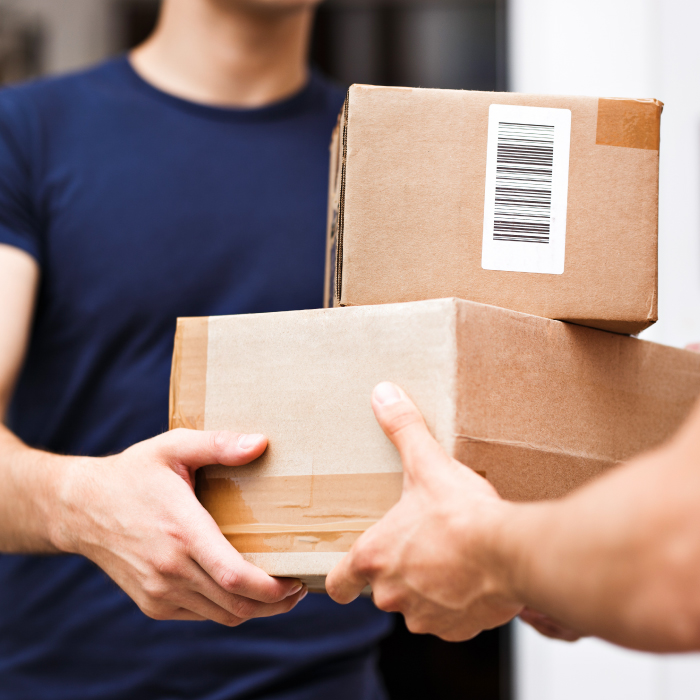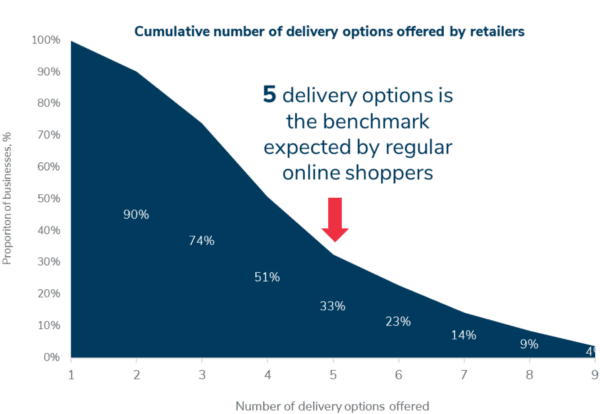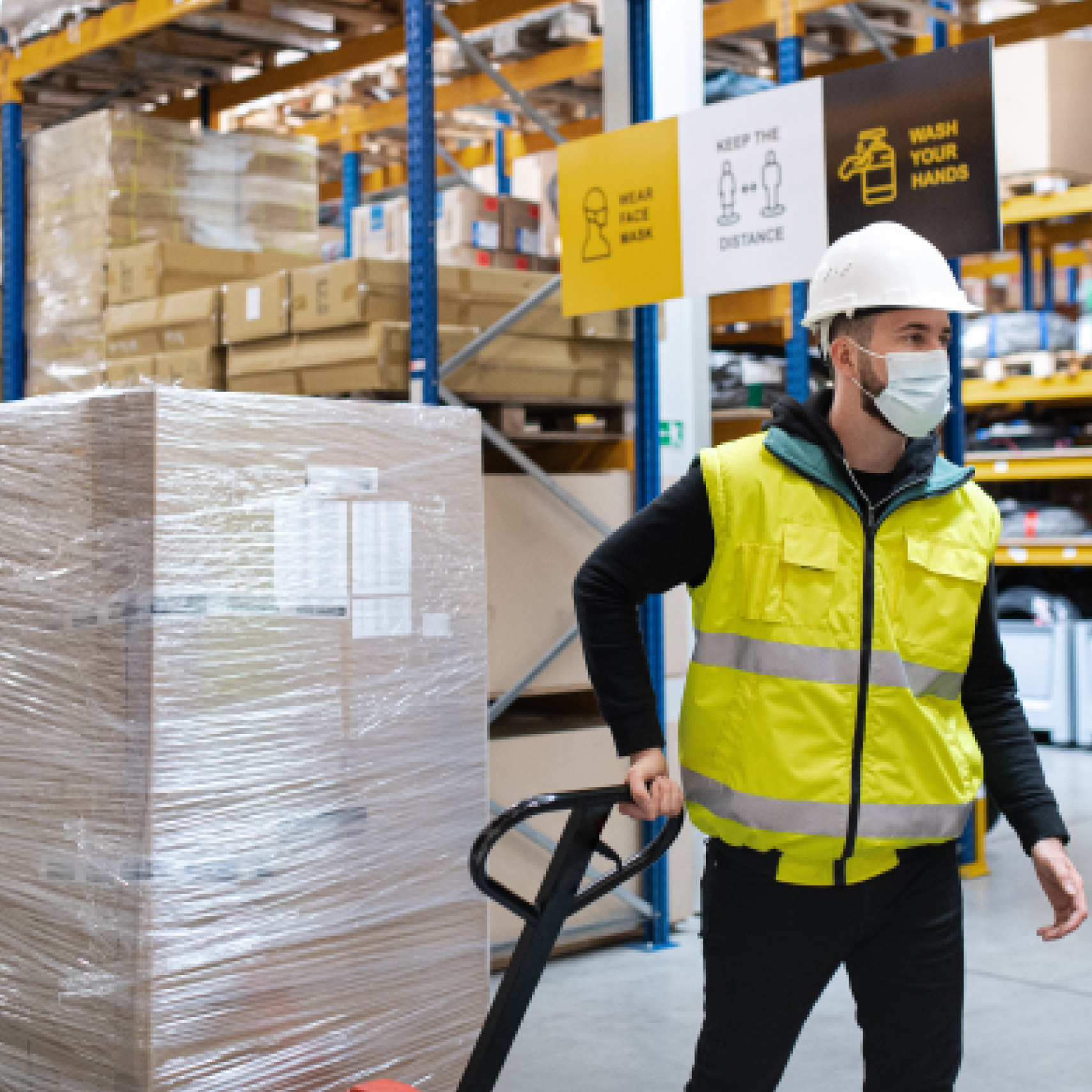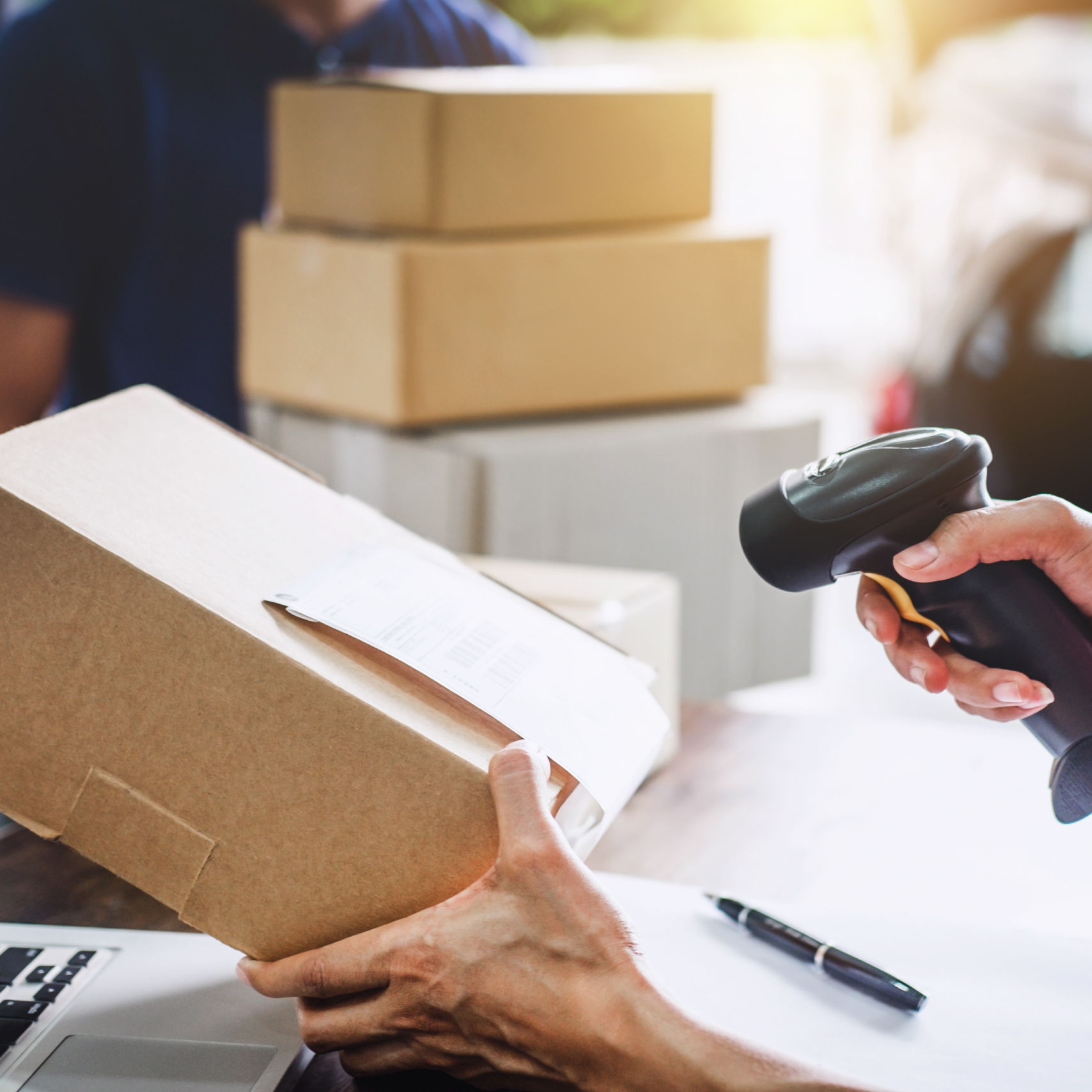Christmas with Covid – What can we anticipate from Peak 2020?
Amazon has rung the bell! Peak has officially begun – But what does peak during a pandemic look like?
Amazon Prime Day has officially kicked off Peak 2020, but it’s safe to say that this year it will be unlike any other.
The Coronavirus pandemic has led to unprecedented eCommerce growth with consumers now buying more online than ever. This volume uplift looks set to continue, with UK online spending expected to reach £73.4bn by the end of 2020 (+18.1% post-Covid), and it’s estimated Black Friday will be 14% bigger than the last.
These are big figures, especially when retailers and carriers have been managing peak-level volumes throughout the year already. So, could we be seeing a “peak on top of peak”?
But while Covid has helped some businesses thrive, 2020 also saw some of our favourite retailers and brands sadly collapse into administration. It’s also thought that almost 3 million people will be unemployed by Christmas, so consumers may well be more reluctant to spend.
So, are retailers set for a bumper Q4 or will Covid steal Christmas?

The busiest peak ever?
We think so, yes. Although consumer confidence could be shaky, online will rule supreme as local lockdowns and social distancing continue to keep people away from the high street.
At GFS, our customers have consistently seen an increase of +50% in volume compared to the same period last year – and there appear to be no signs of this slowing down.
Each year peak sets new highs but it feels as though the peak will be turned all the way “up to 11” this year.
This may sound like a dream from a profit perspective, but it could quickly turn into a nightmare if retailers are operationally unprepared to fulfil these kinds of volumes, amid the unpredictability of peak and the uncertainty of a global pandemic.
The sudden impact of Covid exposed some major weaknesses in eCommerce business supply chains, and really highlighted the importance of having flexibility and contingency to adapt at short notice. Any retailers that haven’t taken heed will only continue to stumble through peak in crisis mode, leaving themselves vulnerable and exposed to risk.
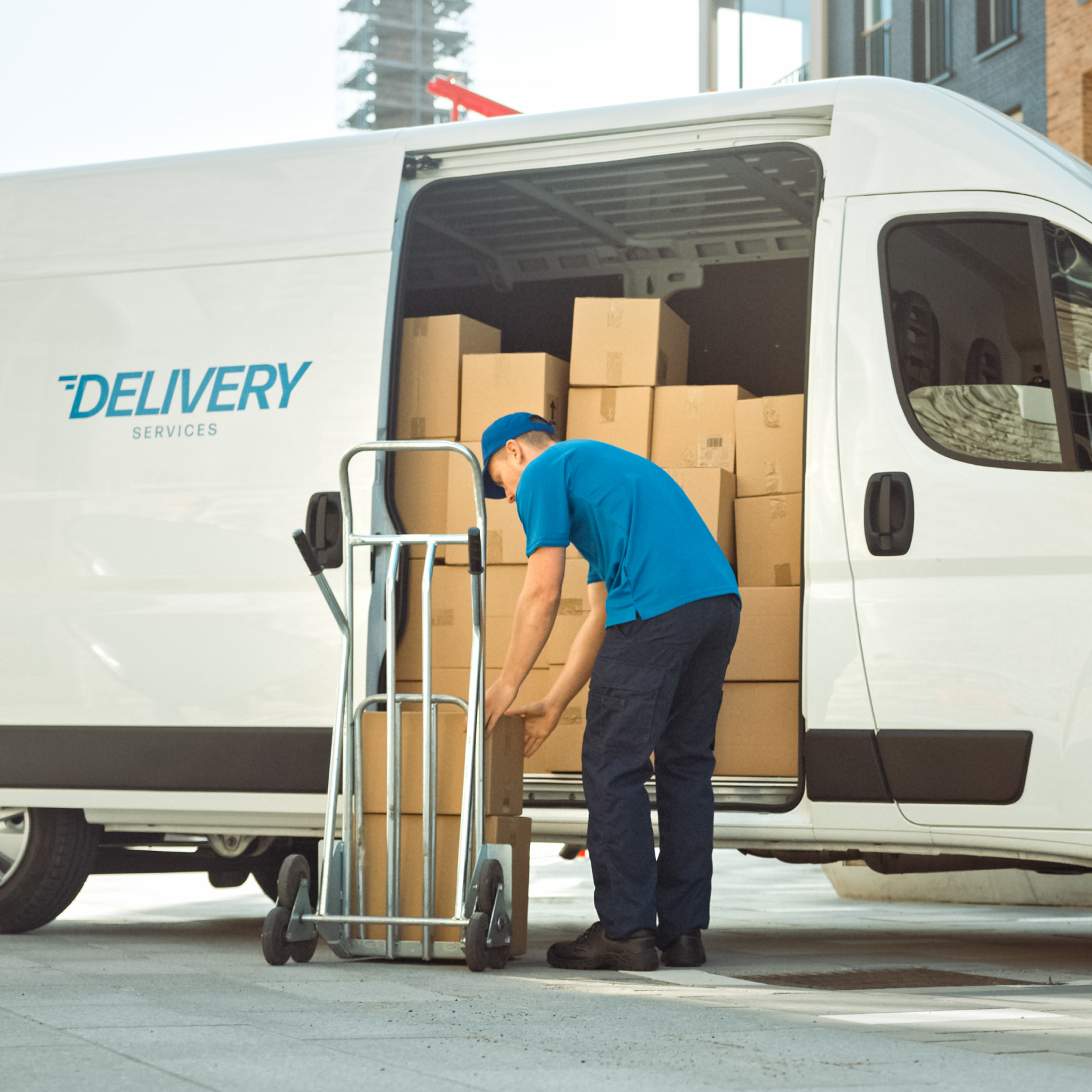
Watch out for rigorous carrier measures
So sales may not be a problem, but getting orders delivered to customers in the way and time they want will be more of a challenge.
It is worth noting that carriers have invested millions in expanding their networks this year, opening more depots, procuring more vehicles and hiring more staff to ensure they are match-fit and ready to support what looks set to be a particularly challenging peak.
But – and it’s a big but – carriers are reporting that their anticipated volume forecasts have been supercharged by 5 years, so this peak, carriers are going to be really strict in how they manage volumes through their network.
This means you should be prepared for:
- Capped parcel volumes
- Zero flexibility around capacity and collection times
- Restricted availability of premium services
- Late collection times but also more failed collections – if overcapacity carriers will simply cancel collections at short notice
It’s critical that your forecasts are as accurate as possible to lock in the right capacity with your carriers, BUT we also know that things don’t always go to plan. So, it’s also vitally important to have access to multiple carriers, to give yourself a ‘Plan B’ if things go wrong.

Super savvy shoppers
While consumers were reasonably understanding of the challenges that retailers faced throughout lockdown, 9 months later they’re not going to be so forgiving – especially as we head closer to Christmas when timing is everything.
Now consumers are expecting to be able to order and receive their delivery when they expect it – virtual queuing and 10-day lead times are just not going to cut it. After all, retailers have had all that time to prepare and fix any operational, technological and logistical issues that were highlighted by Covid – right?
Actually, in a recent study carried out by Brightpearl, 54% of retailers have not made any changes to their fulfilment model since the pandemic.
This Christmas, it won’t just be a battle for the best products or most attractive promotions, but the most reliable delivery. With the spotlight firmly on customer service, combined with the huge hike in parcel volumes, this will naturally result in more inbound customer service queries, which will need to be resolved quickly to minimise any impact on the customer experience and on CS team workloads.
Peak is a time when brand loyalty is really put to the test, and at a time when the patience of the general public is wearing thin. Delivering on your promises will be a key differentiator that will not only win new business but solidify repeat custom through peak and into the New Year.
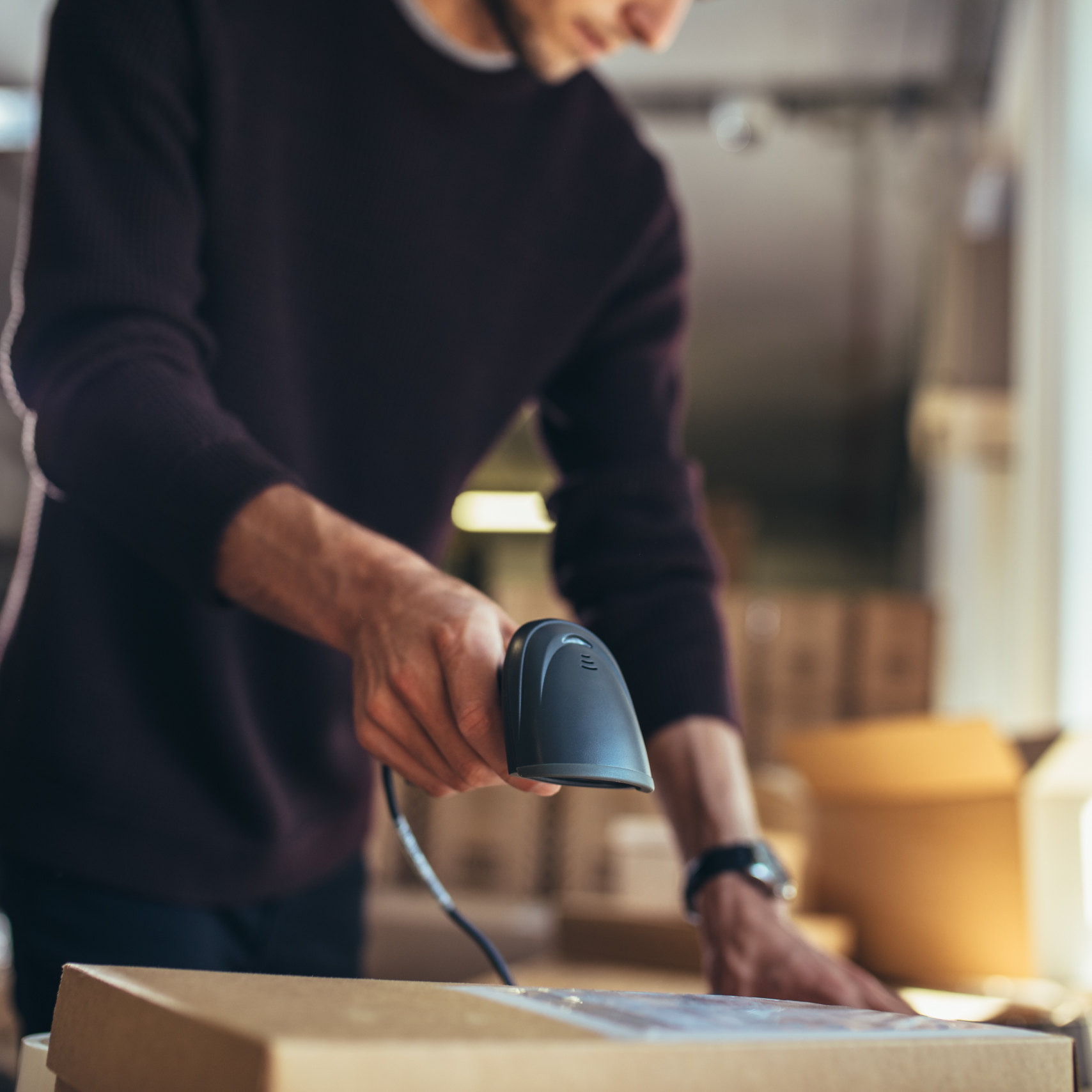
Beating the January blues – Returns
2nd January is National Returns Day, the day that sees 72% more returns than on an average day in December.
Often businesses forget about returns because the focus is on peak. But with 78% of consumers looking at the returns process before choosing where to shop, they are hugely important. With more people buying online, we can expect to see more returns than ever come January 2021.
An online paperless returns portal is the best way to get visibility of all your inbound returns so they’re easier, faster and more cost-effective to process.

2020 is set to be the most challenging peak yet – are you ready?
Peak is likely to throw up a lot of surprises, and at GFS we love surprises!
We’ve been protecting peak for retailers for the last 20 years, and we actually look forward to it every year because it’s when GFS really comes into its own and when customers are reminded of why they chose us.
“Our only regret after experiencing our first peak with GFS was that we had not done this 10-years earlier!” hampers.com
This year, we’ve invested heavily in increasing our capacity and ramping up our operation. We’ve opened new depots, added new global suppliers and even expanded into Europe with GFS Europe, to give us more coverage than ever before.
If you need a delivery partner that’s got your back this peak, contact us now to talk about how we can support you – But you’ll need to act fast, the countdown to peak has already begun…





